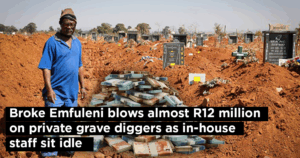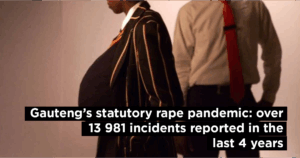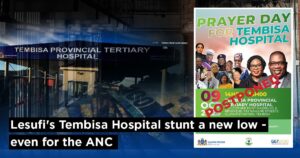Despite poor response times for emergency ambulances, the Gauteng Health Department claims that “no negative effect has been registered”.
This astounding denial is made by Gauteng Health and Wellness MEC Nomantu Nkomo-Ralehoko in a written reply to my questions in the Gauteng Legislature.
Response times for Priority 1 calls in urban areas used to be measured within 15 minutes, but this standard has now been dropped, and they only give figures for calls responded to under 30 minutes.
This is because the National Health Department sets the indicators for each province, and recently dropped the 15 minutes indicator, probably because it exposed generally poor response times.
According to the provincial department, 61% of P1 patients in Gauteng were responded to within 30 minutes in August this year, an improvement on the 54% in August last year, but well below world standards of 80% within 15 minutes.
They blame slow responses on the following:
- Service delivery protests.
- Hotzones/ Redzones requiring SAPS escorts due to Paramedic attacks and robberies.
- Delays of calls transfer from 112 call centre when routing calls to Gauteng EMS Emergency Communication Centre (ECC).
- Traffic gridlocks during peak morning and evening periods affecting drive times to scenes.
I am concerned that the department denies negative effects of slow response times as the survival chances of P1 patients decline severely if they are not treated within what is known as the “golden hour.”
The poor emergency response time is the biggest complaint at all public participation meetings held by the Gauteng Legislature’s Health Oversight Committee.
A DA-led administration would not accept lower standards and would give a high priority to speedy emergency responses by ensuring sufficient ambulances with well-trained staff to save as many lives as possible.








